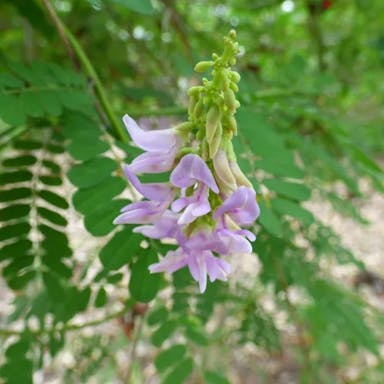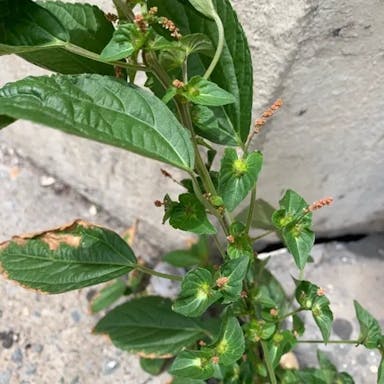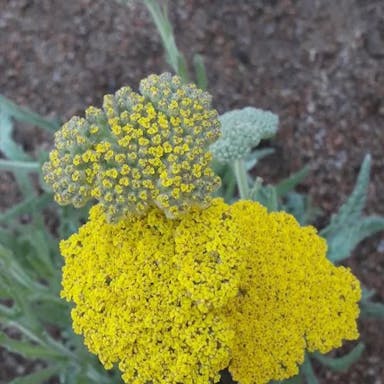Brazilian edelweiss is also called Sinningia leucotricha. It belongs to the Gesneriaceae family. This plant comes from Brazil. The states are Minas Gerais and Rio de Janeiro. The leaves look fuzzy and woolly. The flowers can be white to pale pink. They bloom in clusters and smell nice. This plant can grow up to 1 meter tall. It is easy to grow inside or outside. It needs well-drained soil and some shade. Water it regularly but not too much. It attracts hummingbirds and butterflies. So gardeners like it. Sinningia leucotricha means purity and new beginnings. There are different varieties with different colors. Some are rare. As a taxonomist, I have studied this interesting, beautiful plant.
0
0












